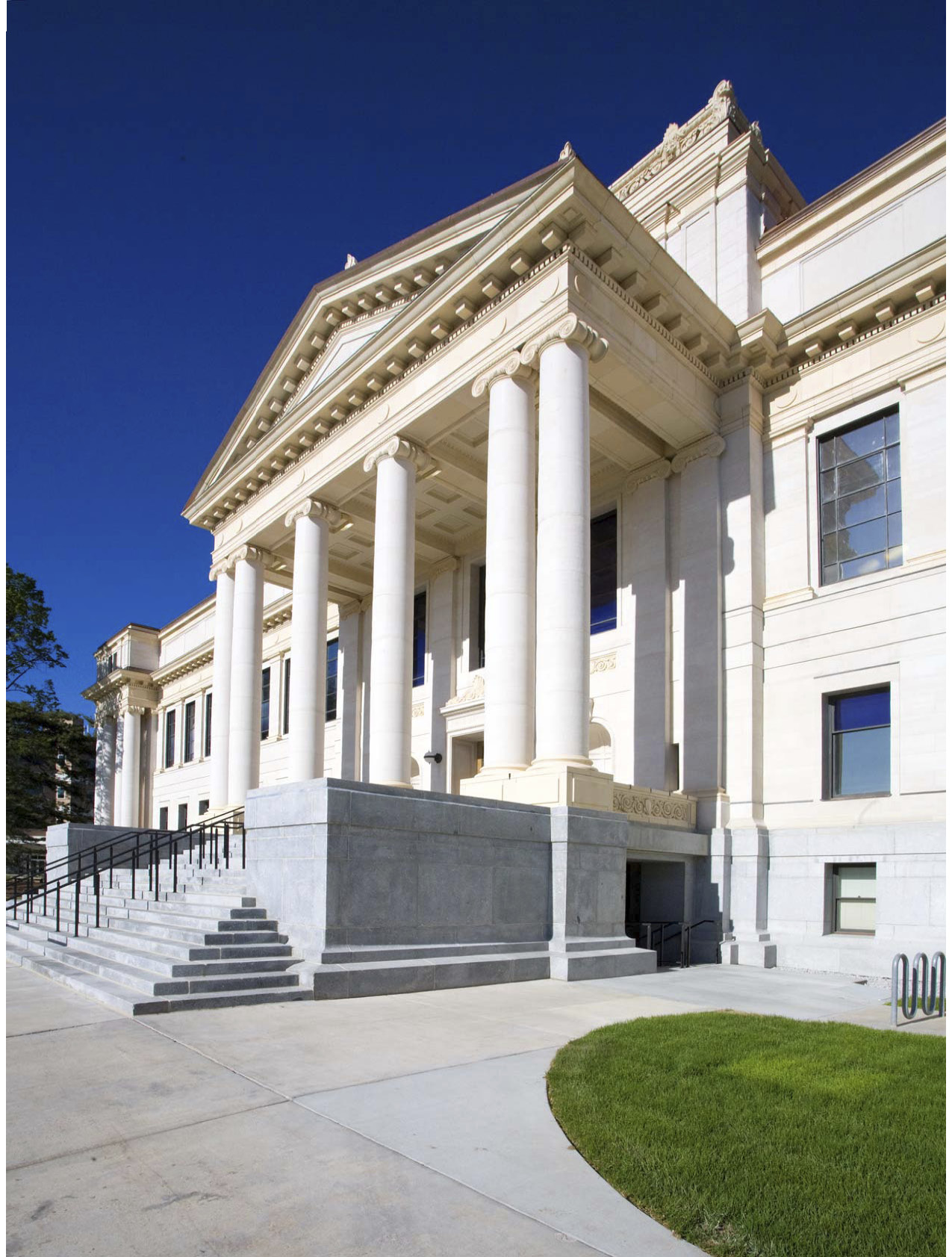Cassidy Hansen
Capitol West News
SALT LAKE CITY—Public higher education institutions presented their accomplishments and shortcomings in meeting key indicators and innovations to a recent Higher Education Appropriations Subcommittee meeting.
USU President Stan L. Albrecht said, “The success of universities in Utah if rom the help this committee gives us, and the performance indicators that the people of Utah and you are concerned about.”

These institutional presentations served somewhat as a “report card” for legislators to refer when creating higher education institution budgets. While these institutions provide opportunities that are unique to themselves, common concerns arose.
College presidents spoke about the ability to preserve low-cost tuition so that students from all economic backgrounds can receive higher education.
U. of U. President David W. Pershing said,”Fifty percent of students work more than 20 hours per week, and only 11 percent don’t work at all, most of these students are on scholarship.This is causing students to take longer to get through schools, but they are doing debt free. We are totally committed to keeping the University of Utah the most inexpensive in the PAC 12.”
UVU faces a similar situation, where nearly 76 percent of students are employed and 56 percent work more than 30 hours per week.
Changes in tuition rates have also encouraged students to take 15 or more credit hours, which puts students on track to finish college in four years of attendance.
Specifically, USU implemented “plateau tuition” this past year, meaning that students taking additional credits beyond the 15-credit mark will not have to pay extra tuition. Snow College and SUU also encourages students to take at least 15 credits with the program “15 to Finish.”
Another concern of the higher education system includes increasing graduation rates. Institutions that offer four-year degree usually measure their graduation rates on a six-year timeline because of many students deferring for LDS Church missions.
“Although we are trying to bring everyone with us, the goal is a 10 percent graduation rate,” said SUU President Scott Wyatt.
In addition to their primary concerns, the institutions presented their newest programs to keep students learning and to prepare them for the workforce.
U of U has begun to offer online courses for both general education credits and final courses in their most popular degrees.
USU is continuing to invest in its highly ranked aerospace research and will continue their research in their grant-funded program iUTAH.
SUU is planning to create classes that incorporate general education requirements within general interest categories, so students can find more interest in general requirements.
UVU is currently innovating by attempting to reflect the diversity of the Utah community, and to Rep. Dubakis, D-Salt Lake City, accept Democrats.




